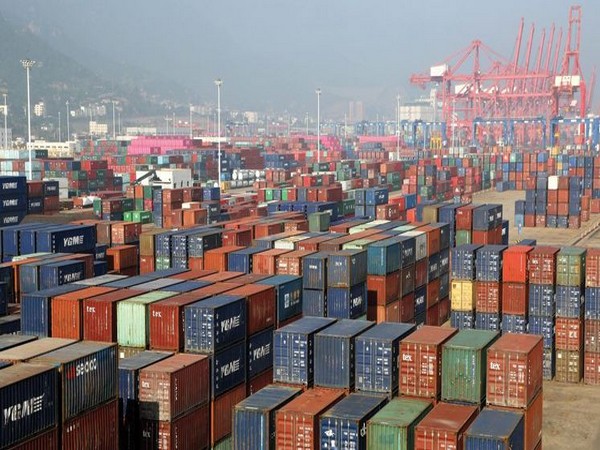India’s trade deficit widened in August, primarily due to a decline in oil exports caused by falling crude prices, according to a recent report by CRISIL. The report highlights that the drop in crude oil prices, a key export commodity for India, has significantly impacted the country’s overall export performance.
Petroleum products remain a major component of India’s exports, with key destinations including the Netherlands, Singapore, Australia, and South Africa, as per Ministry of Commerce data. CRISIL said that lower crude prices have reduced the value of these exports, while at the same time, imports have grown at a faster rate, further widening the trade deficit.
“The fiscal started on a good note, with merchandise exports logging steady growth in the first quarter. However, exports contracted in July and August. Issues such as container shortages amid trade-route disruptions and the US’s impending tariff hikes on Chinese exports seem to be at play,” the report added.
Multiple factors contributed to the slowdown, including a global shortage of containers, which has disrupted major trade routes.
Another concern outlined in the report is the potential impact of the U.S. decision to raise tariffs on Chinese goods, a move expected to disrupt global trade flows further. The slowdown in China’s economy is also leading to increased Chinese exports, including steel, being diverted to Asian markets, including India. This surge in steel imports from China and Vietnam has added pressure on India’s trade balance.
Despite these challenges, CRISIL said that some positive trends could help cushion the growing trade deficit. India’s services trade continues to maintain a surplus, and the country is benefiting from strong remittance inflows from overseas workers. These factors are expected to help stabilize India’s current account, even as the merchandise trade deficit grows.
(Inputs from ANI)




















